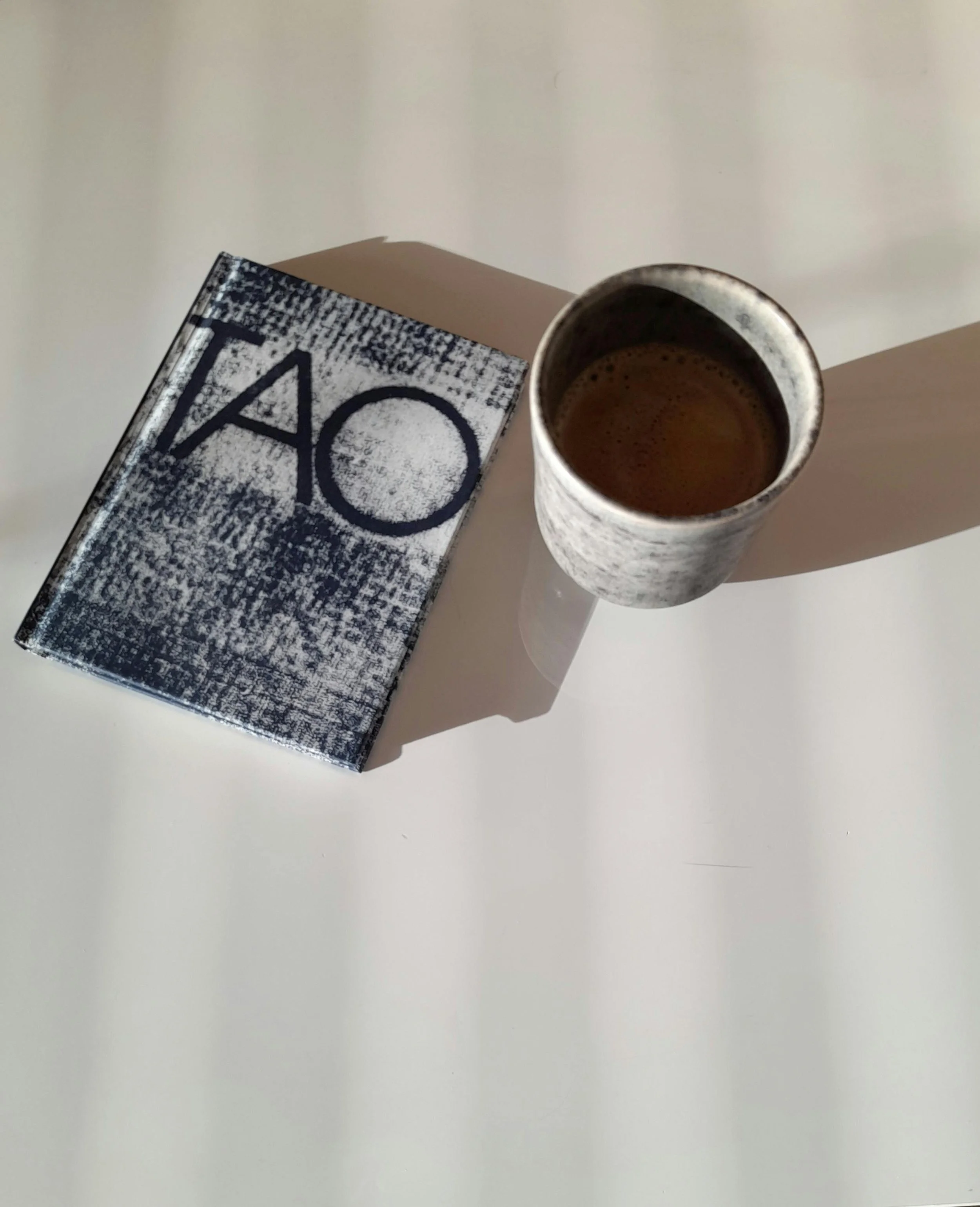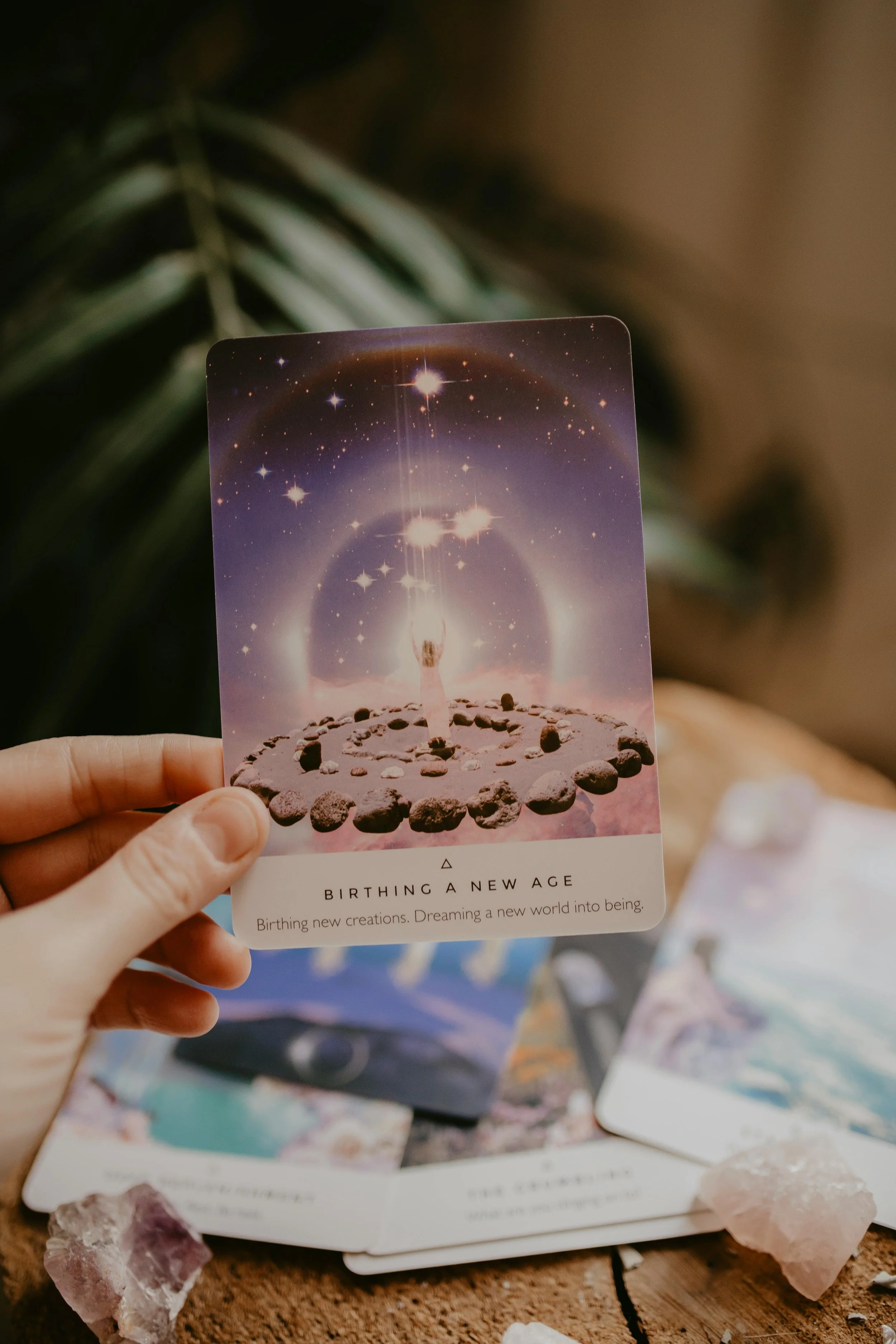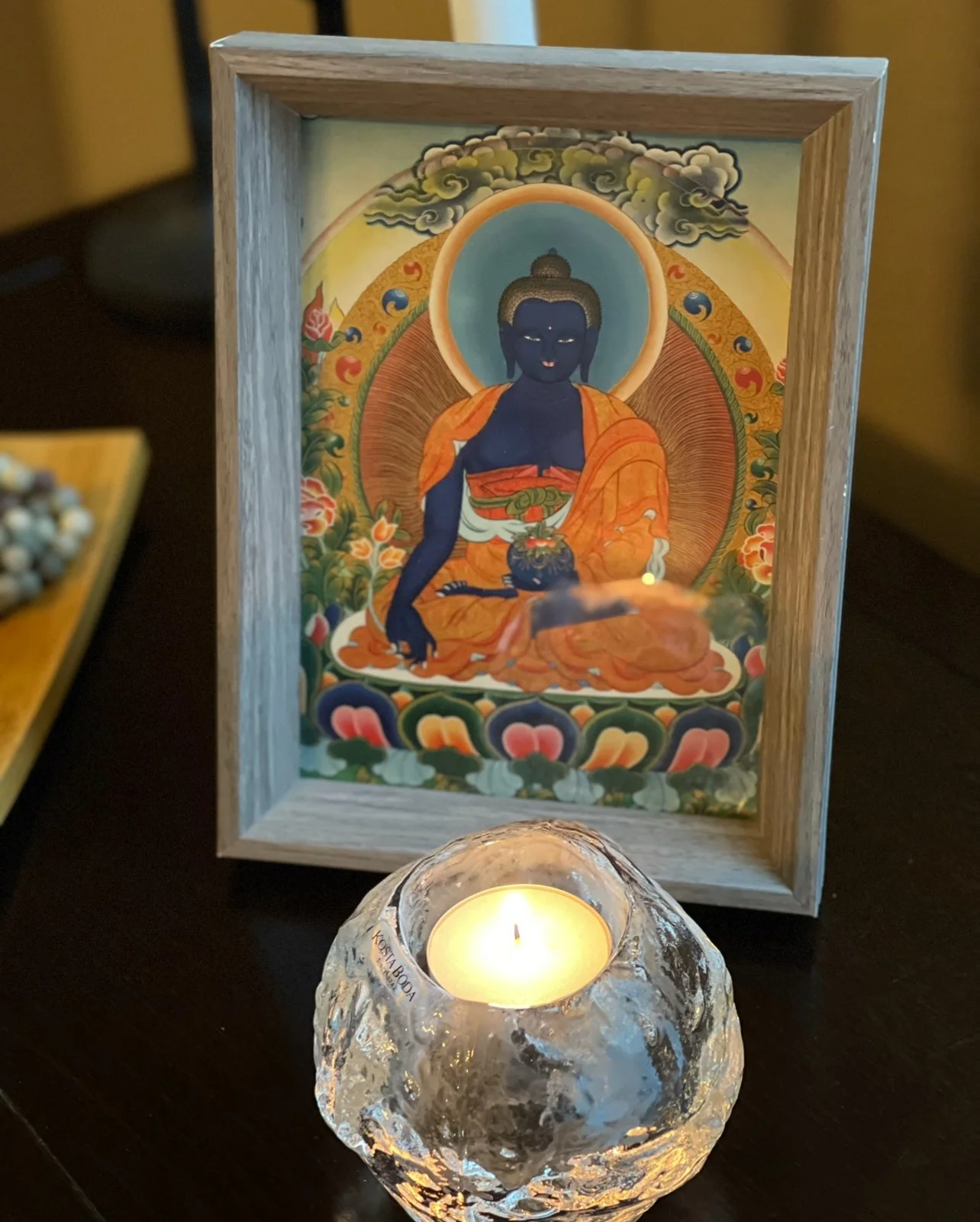
Yoga & Qigong














Yin Yoga and the Eight Limbs of Patanjali: An Initial Exploration
Yoga's essence goes beyond physical poses, rooted in the Sanskrit word "yuk," meaning "to join" or "unite." The Vedic writings (1700-1100 BCE) emphasize spiritual growth over physical practice, with Raja Yoga focusing on meditation taught to Indian royalty. Patanjali later systematized this into the Eight Limbs of Yoga, guiding towards liberation and self-awareness. Yin Yoga embodies these principles through its integration of ethical guidelines, mindfulness, breath control, and meditation, highlighting yoga's comprehensive approach to well-being. This blog includes a Yin Yoga class and the mantra "Loka samastha sukhino bhavantu," wishing for universal happiness and freedom.

The Peaceful Place Meditation
Welcome to this 7-minute meditation designed to support your nervous system, enhance focus and concentration, and boost creativity. Find a comfortable position, either lying on your back or sitting on a chair or on the ground. Relax your body, let go of any tension with the help of your breath, and allow your mind to journey to a peaceful place. Thank you for joining me on this inward journey.
Thank you for the privilege of guiding you today.
Peace and tranquility to you and your loved ones,
Monica


The Medicine Buddha Mantra
In this class, we start with the Medicine Buddha Mantra. Then, we move our bodies gently to encourage hip mobility, core and lower body strength, wrist mobility, and low-back tension release. We take slow, somatic movements as well as Yin Yoga poses such as Sphinx and Supported Bridge, holding each for 3 to 4 minutes.
We wrap up with a Deep Breathing Lab and a Mindfulness Meditation session inspired by Vietnamese monk and teacher (Thay) Thich Nhat Hanh.
The purpose of this class is to respect and honor our bodies just as they are right now, holding them with compassion and love.


